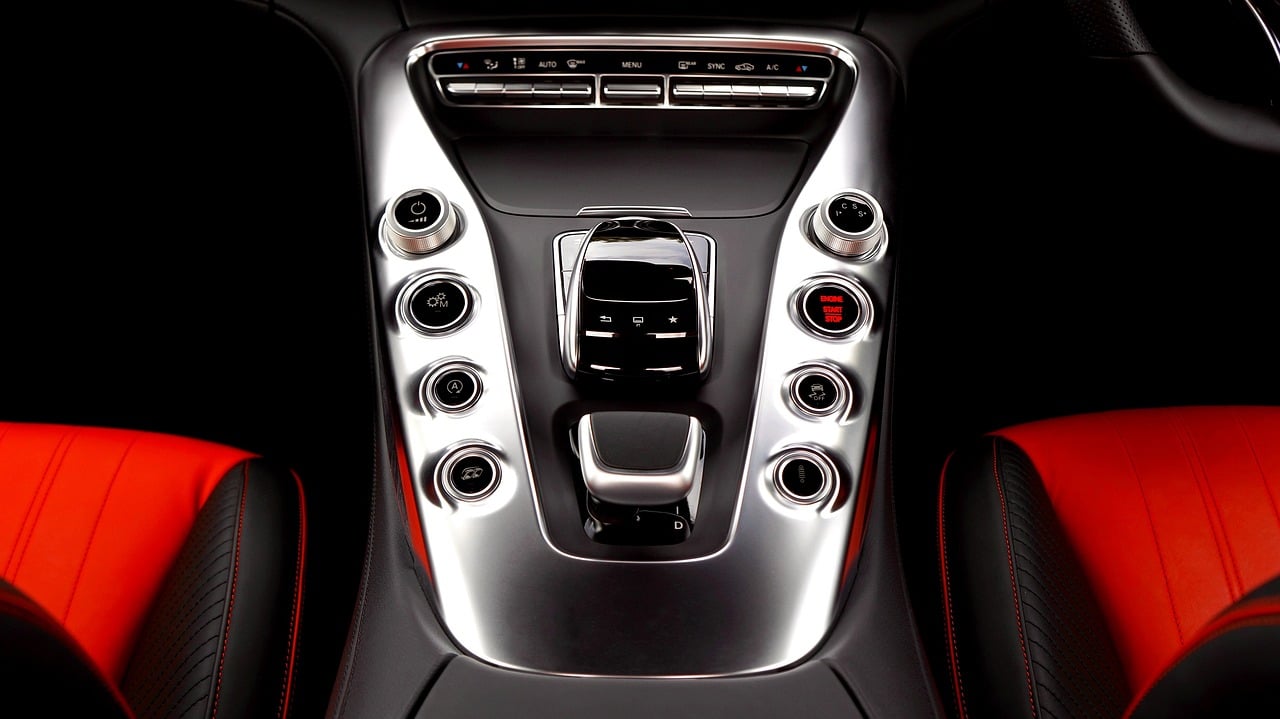What’s the Most Efficient Approach to Diagnosing Electrical Faults in a Mercedes A-Class?

The Mercedes A-Class is a testament to the brand’s commitment to blending luxury with performance. However, even the most well-built vehicles can encounter issues, particularly with the increasingly complex electrical systems integrated into modern cars. The complexity of these systems can make it challenging to diagnose faults when they occur. But, fear not! Regardless of whether it’s January or June, this article will guide you on the most efficient approach to diagnosing electrical faults in a Mercedes A-Class.
Understanding the Electrical System in a Mercedes A-Class
Before embarking on the journey of diagnosing a fault, it’s crucial to have a basic understanding of the vehicle’s electrical system. This system is a vast network of wires, sensors, and components that work together to ensure the smooth operation of various car functions. From starting the engine to powering the dashboard lights and virtually everything in between, the electrical system plays a pivotal role in your Mercedes A-Class.
In the same genre : How to Properly Adjust the Ride Height on an Adjustable Coilover Kit in a Mazda RX-7?
In a nutshell, your vehicle acts like a mini power station. The engine drives the alternator, which generates electrical power. This power is then stored in the battery, ready to be distributed to various components as needed. A fault in any part of this chain can lead to problems, affecting the car’s performance or even rendering it undrivable.
Sensors
Sensors play a critical role in the functionality of a modern car. In the case of Mercedes, it’s no different. These components are responsible for a range of tasks, from monitoring engine temperature and fuel levels to detecting obstacles around the vehicle. If a sensor fails, it can trigger a warning light on the dashboard, indicating a problem that requires attention.
In the same genre : Can a Specific Tire Tread Pattern Reduce Road Noise in a Lexus CT200h Hybrid?
Common Electrical Faults in a Mercedes A-Class
Within this complex system, multiple things can go wrong. Here is a look at some of the most common electrical faults in a Mercedes A-Class, which might appear from February to December.
Battery Issues
The car’s battery is the heart of the electrical system. A common fault is a drained battery, often caused by leaving lights on or not using the car for an extended period. Mercedes owners have reported issues with the battery draining faster than expected, which could be a sign of a deeper electrical problem.
Alternator Failure
The alternator is responsible for recharging the battery while the car is running. If it fails, it can lead to a drained battery and even worse, a stalled engine. Symptoms of alternator failure can include dimming lights and a weak battery.
Faulty Sensors
As previously mentioned, the Mercedes A-Class comes equipped with a multitude of sensors. Sensor faults are common and can result in a variety of symptoms, depending on the sensor involved. A faulty fuel sensor, for instance, might give incorrect readings of the fuel level, while a malfunctioning engine sensor can trigger the check engine light.
Diagnosing Electrical Faults: What Will Work?
Coming across these issues in your Mercedes A-Class can be quite daunting, but there are efficient ways to diagnose these faults.
Use an OBD2 Scanner
One of the most effective tools for diagnosing electrical faults is an Onboard Diagnostic System (OBD2) scanner. It is a device that can read the codes stored in your car’s computer system when there’s a problem. This tool can help identify the specific area of the issue, which can greatly expedite the repair process.
Visual Inspection
Sometimes, a simple visual inspection can reveal a lot about the state of your car’s electrical system. Look for obvious signs of wear and tear on wires, connections, and components. Corrosion on battery terminals or loose connections can often be the root cause of many electrical faults.
When to Seek Professional Automotive Repair
While some issues can be diagnosed and even fixed at home, there are times when seeking professional help is the best course of action. Complex faults may require specialized knowledge and tools to diagnose and repair. Besides, the advanced systems in a Mercedes A-Class require a careful approach to avoid damaging sensitive components.
So, when should you seek professional help? If you’ve tried diagnosing the issue using an OBD2 scanner or through visual inspection and the problem persists, it’s time to get your vehicle to a reputable automotive repair shop. Similarly, if the electrical fault affects critical systems like the engine or fuel system, you should consider getting a professional’s opinion.
Remember, dealing with electrical faults can be intricate, and while your determination to fix it is commendable, there is no harm in seeking professional help when needed. After all, your safety and the well-being of your Mercedes A-Class should always be a top priority.
Insightful Methods for Fault Detection and Diagnosis
To ensure that your Mercedes Benz remains at its best from January to December, there are a few useful methods for fault detection and diagnosis you should keep in mind.
Regular Maintenance Check-ups
One of the most effective ways to identify electrical faults is to carry out regular maintenance check-ups. This entails a detailed inspection of the vehicle by a professional mechanic to identify any potential faults. Regular maintenance check-ups can help prevent minor issues from escalating into major problems, thereby saving you time and money in the long run.
From February to January, ensure that your vehicle is serviced regularly and any identified faults addressed promptly. Remember, the frequency of maintenance check-ups can depend on factors such as the age of the vehicle and the conditions in which it is driven.
DIY Fault Diagnosis
While a professional mechanic is indispensable for serious fault detection and diagnosis, there are a few simple checks you can carry out at home. For instance, look out for warning signs such as difficulty starting the car, dimming of lights, or a weak battery. If the check engine light is consistently on, it often indicates an issue that needs immediate attention.
From March to February, keep an eye on your vehicle’s behavior and take note of any unusual occurrences. These observations can be of great assistance to your mechanic in diagnosing the problem.
Utilizing Technology
Modern cars like the Mercedes A-Class are equipped with advanced technology that can help with fault detection and diagnosis. For instance, the gear selector can indicate problems with the transmission system, while the onboard computer can trigger the check engine light to warn of potential issues.
Mercedes owners can also use technology such as an OBD2 scanner to detect and diagnose faults. This device plugs into your car’s diagnostic port and provides a detailed report of any issues with the vehicle from April to March and all through the year.
Conclusion: Ensuring the Longevity of Your Mercedes A-Class
Whether it’s in the scorching heat of Los Angeles in August or the freezing cold of December, the most efficient approach to diagnosing electrical faults in a Mercedes A-Class is a combination of regular professional check-ups, personal vigilance, and leveraging technology.
Bear in mind that the Mercedes-Benz brand is synonymous with quality and longevity. Therefore, it’s essential to address electrical faults swiftly and efficiently to maintain the vehicle’s performance and keep it running smoothly from November to October and beyond.
Remember, if the fault persists after using an OBD2 scanner or you are unsure about any aspect of the diagnosis, seeking professional help is the best course of action. Utilize resources such as Google Scholar to learn more about electrical faults in vehicles if you’re interested.
To sum it up, preserving your Mercedes A-Class requires a proactive approach in terms of regular check-ups, keen observation, and swift response to potential issues. After all, prevention is always better than cure, and in this case, it’s the most cost-effective and efficient method of maintaining your luxury vehicle.
With a clear understanding of the vehicle’s electrical system and common faults, as well as efficient methods for their detection and diagnosis, you’re well prepared to keep your Mercedes A-Class in top condition. Whether it’s July, June, or any other time of the year, remember that your diligence plays a vital role in ensuring the longevity of your vehicle.
